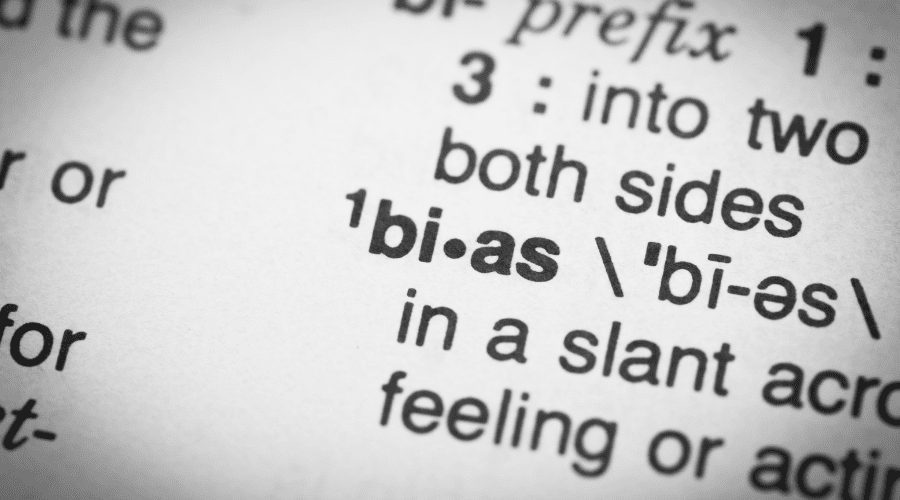Hands up who has a favourite news resource that they refer to? It could be a news website, a social media page, a podcast, a newspaper, a particular columnist etc. That’s fine. We all pick our favourite because every piece of content carries the natural bias of the author, and we tend to gravitate towards resources that align with our own views. On the surface, this bias is largely harmless, however the problem arises when your natural preferences give way to long-term confirmation bias, potentially leaving you open to manipulation.

Largely speaking, facts and figures are fundamentally the same, it is the interpretation of them that changes. Taking a fact and applying a lens through which it is viewed is what leaves room for interpretation and division, and at its worst can support the creation of very extremist views. Confirmation bias is a part of this and is the tendency to seek out and accept views and beliefs which align with your own, dismissing those that don’t. It is something that builds over time, and which can be exploited by everyone from government to marketers and advertisers, activist groups, to individuals. It can also mean ‘facts’ are used in isolation without the context of their whole, transforming their meaning into something else.

Using the rule of five:
One of the simplest strategies to combat confirmation bias and any ensuing propaganda is to apply the rule of five. This is a self-reflection technique which challenges you to specifically seek out holes in your own arguments by selecting five separate resources to validate your information, including those you would typically avoid. It is very simple to do:
- Find two sources of information with which you are comfortable and familiar, preferably across two different mediums e.g., Newspaper and Video. Use these to establish the basis of your facts. What do these two sources agree on and where do they differ? Is there anything in these articles which doesn’t match your gut feel? Ultimately, take an analytical approach to sources you agree with and consider how they might be viewed by someone else.
- Find two sources of information that you typically disagree with. Again, pick multiple mediums if you can. While some of these sources just won’t align with your own values, others will contradict what you are reading elsewhere. They may utilise facts and figures that you haven’t considered before, or present new viewpoints. Complete the same exercise as above, and seek to find arguments that you can understand and empathise with, which may broaden your viewpoint. You need to do this with an open mind.
- Seek out a source, person or group that has a very specific perspective; this could be a religious group, a political group, or someone from a different demographic to you. Listen to and if possible, discuss your views in a calm, direct manner. Having a different perspective can help you to identify flaws in your own arguments, develop empathy for the needs of society and others alongside your own, and help you exercise an open mind. It also makes you less susceptible to exploitation and manipulation.
Make sure that your sources are credible and established. We aren’t asking for Aunty Muriel’s facts of life or Cousin Bob’s bias that was established when he was in school. We’re looking for well-researched pieces that evidence their research and credit their sources.
So that’s it. Five sources from five perspectives to help you broaden your mind and think critically.
Ultimately, you cannot do this for everything you read, or everything that you’re told, but you should be doing it for the values and opinions that you feel most strongly. The more you practice it, the more relevant the skills become and the easier it gets to spot bias.


